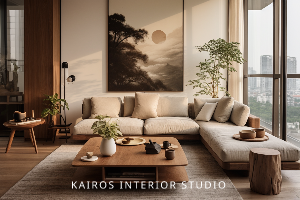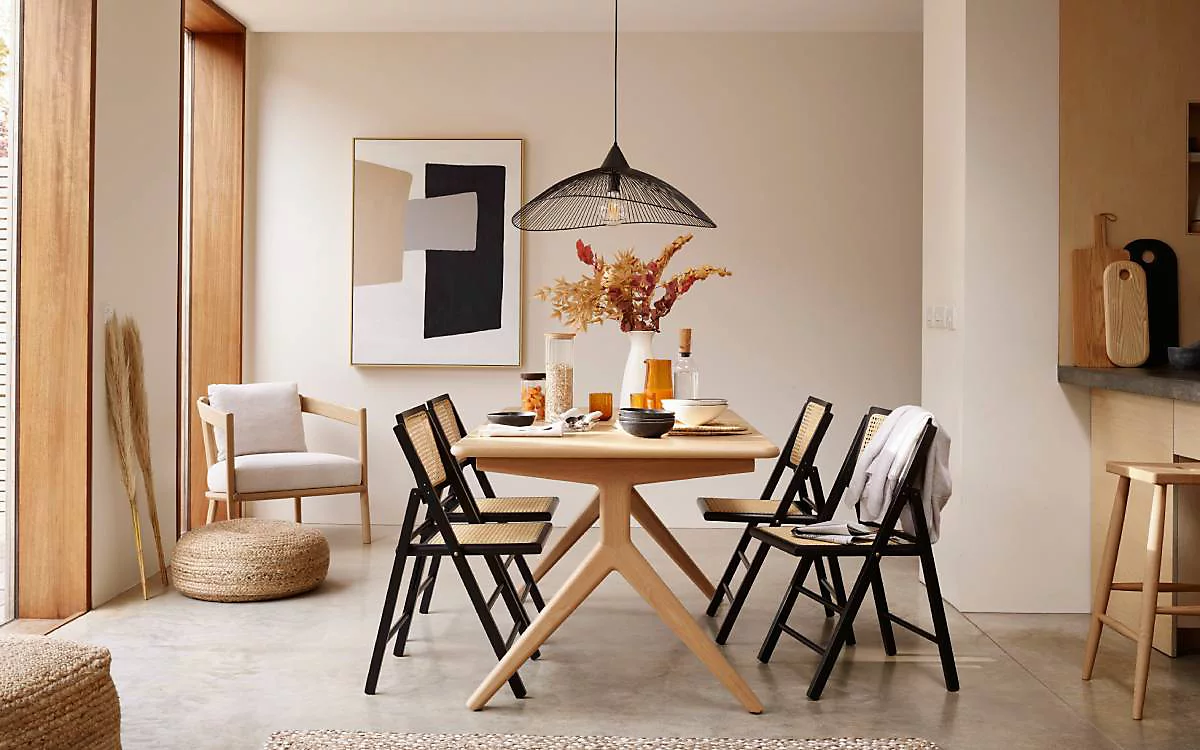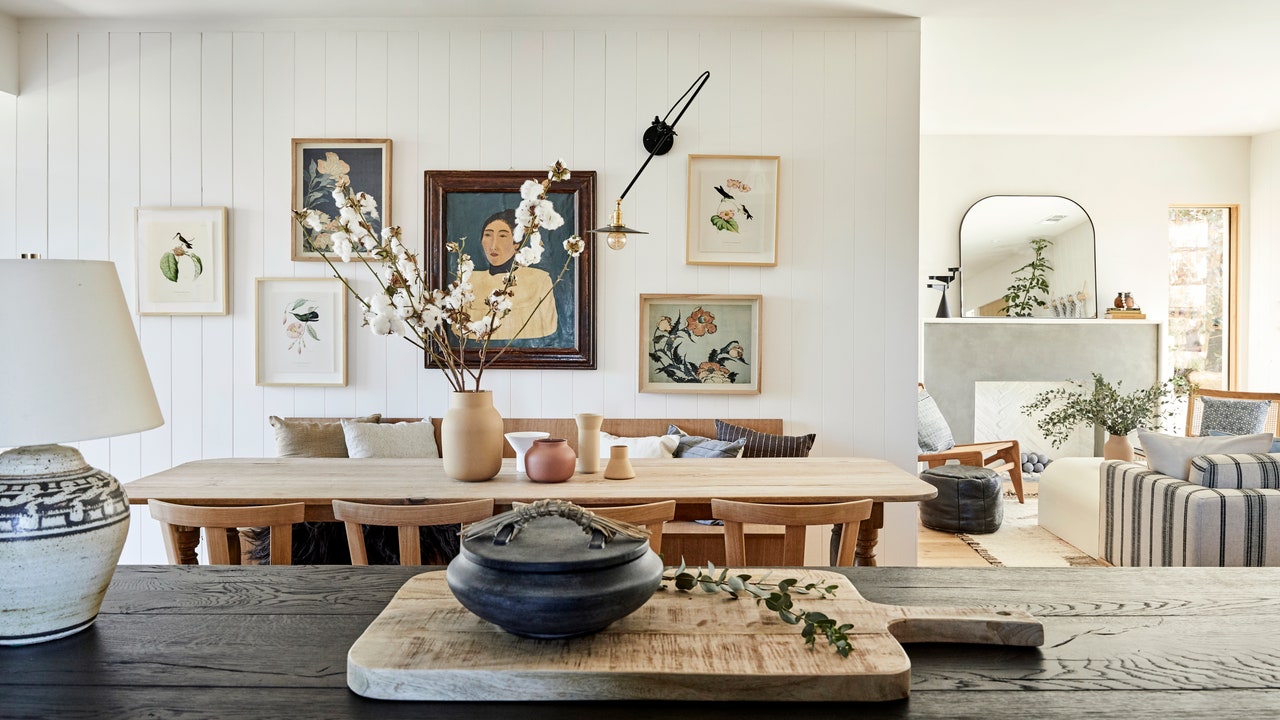Minimalism isn't just one thing

When engaged in minimalism, you don't have to be locked in some notion of simplicity or adhere to some exterior aesthetic. Living in an aesthetically pleasing space wearing clothes that you like, using items that make your life easier, are all important aspects of minimalism.
The most important aspect of simplicity is intention, the intention to do away with what is unnecessary what burdens you and keeps you occupied and distracts you from what matters.
When it comes to the way you furnish or decorate your home, sometimes going by with what you already have is just fine. The furniture you already own have proven their usefulness, you have grown accustomed to them and make you feel like home. But maybe you are in the lookout to start afresh, possibly because you have moved to a new house or maybe because the things you have no longer serve you.
Looking around for ideas of what a minimalist house might look like, I came upon a style that includes two of my favorite design approaches, Scandinavian and Japanese. These two unique approaches of minimalist interior got together, sort of had a short relationship, I know that because they didn't create a couple's page on Facebook, and had a beautiful mixed race child called Japandi.
This style incorporates elements from both Scandinavian and Japanese minimalism.
To summarize the style's main tenets, it embraces the following principles:
- Limited colour palette using contrast of light and dark shades of neutral colours to create a cozi yet not busy look. Some examples of colour palettes can be found here.
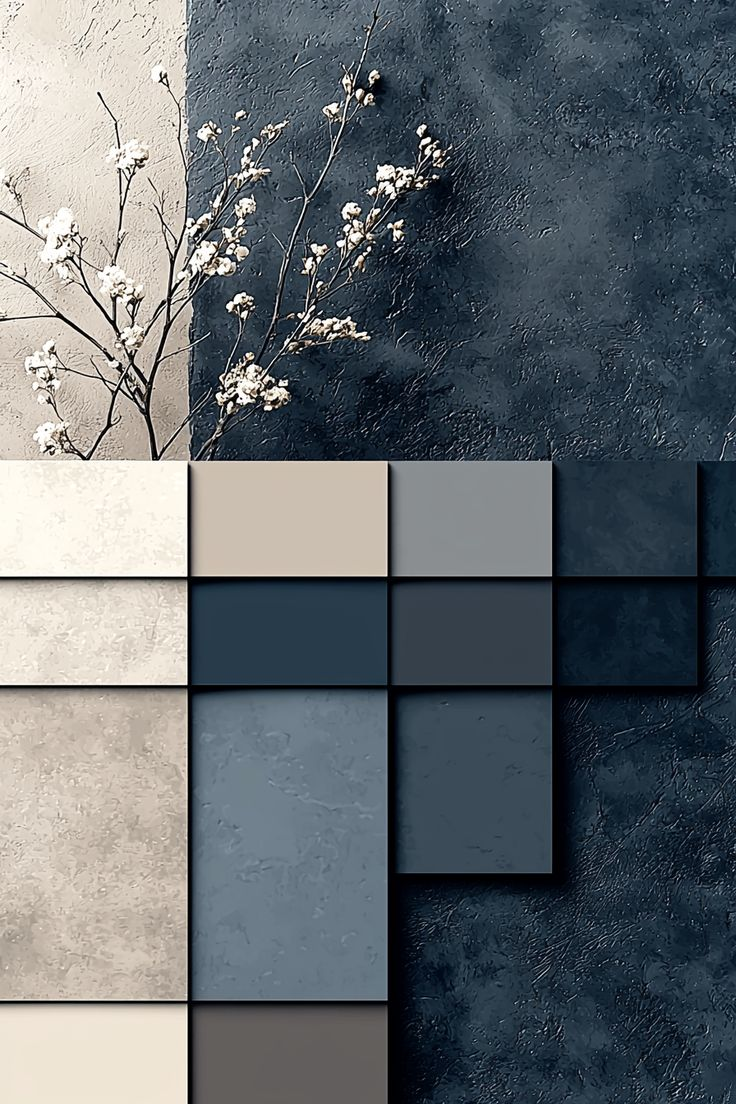
Natural materials, both scandinavians and japanese love natural materials: wood, cotton, stone, bamboo are some ideas.
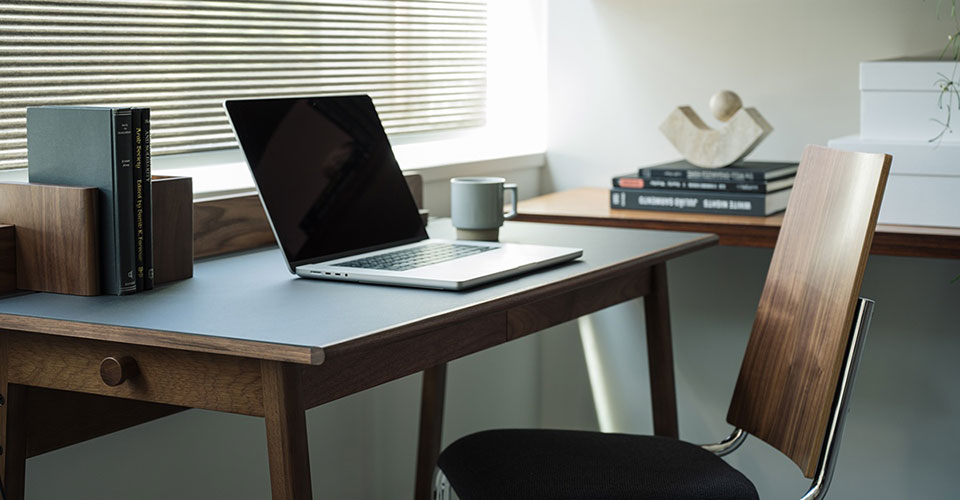
- Simple lines and functional pieces.
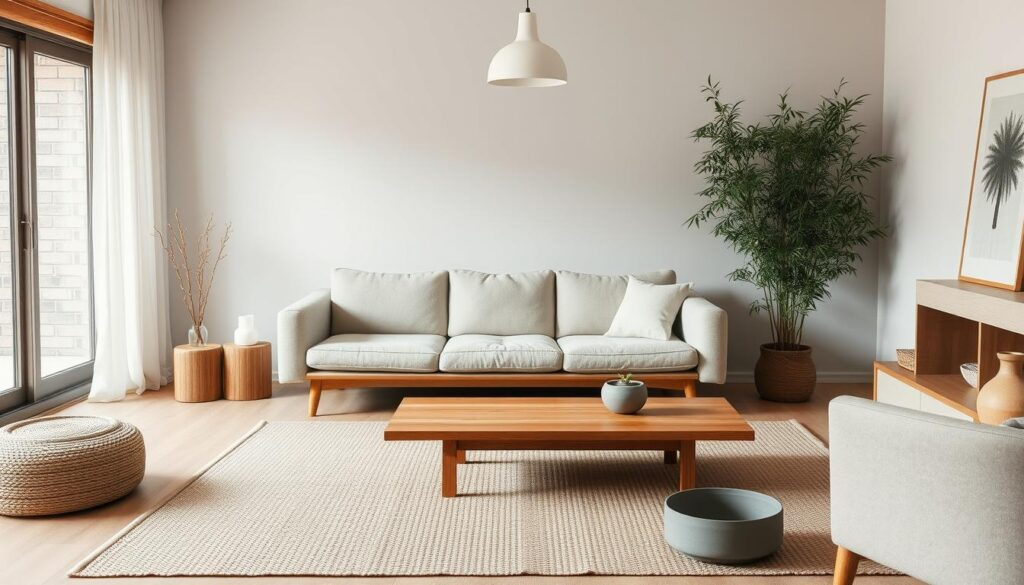
- Uncluttered spaces tending to allow for more light to come in. Hidden storage might come useful in this aspect.
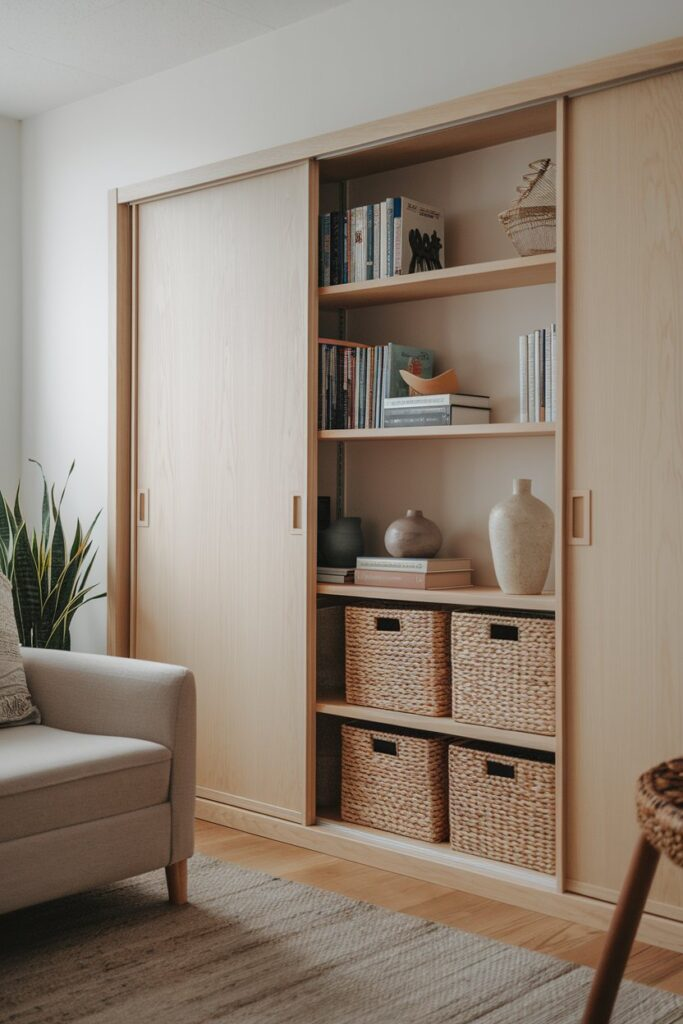
- Use of handcrafted items. Handcrafted materials bring a sense of uniqueness especially if they embrace the wabi sabi approach that focuses on imperfection and impermanence.
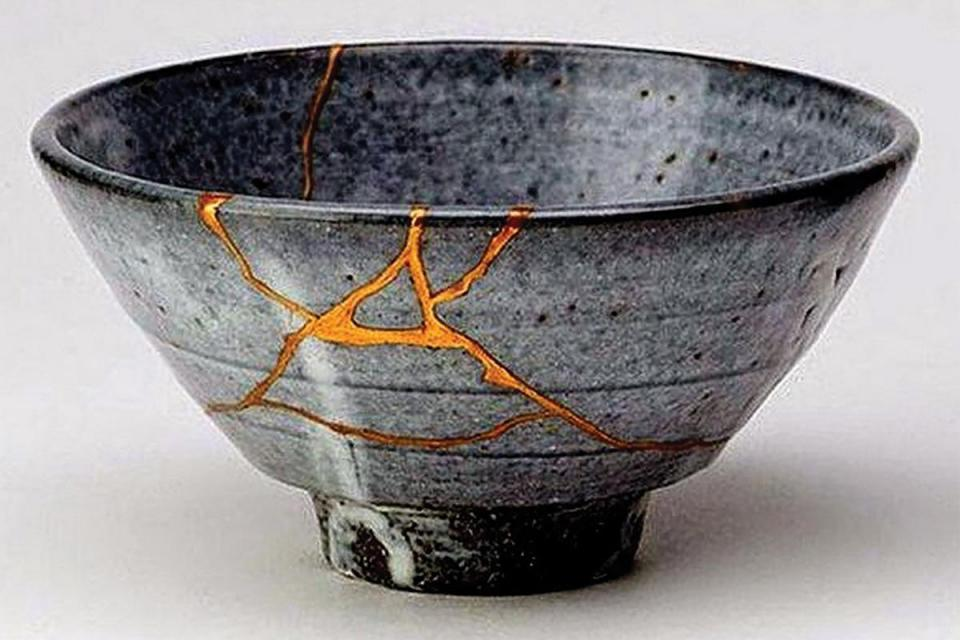
As most of these design trends usually constitute a way to make people spend more in a trendy new look, I do not advocate getting rid of what you already have in order to achieve a specific aesthetic outcome. On the contrary, this post is about how different ideas can be mixed and matched producing beautiful, functional homes that express the people dwelling them. It is all about intention.
Links:
